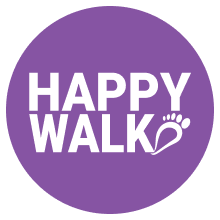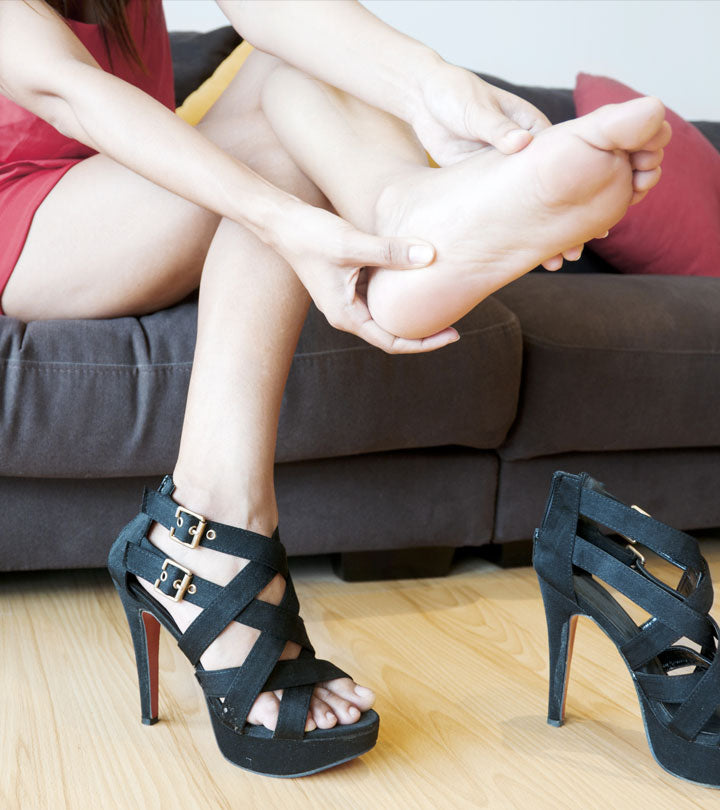The impact of wearing heels on foot health depends on various factors, including the height of the heels, the design of the shoes, individual foot anatomy, and how frequently and for how long the heels are worn. There isn't a specific universal timeframe that applies to everyone, as individuals may have different thresholds for tolerating the effects of high heels.

Short-Term Effects: Even wearing high heels for a short duration, such as a few hours, can lead to immediate discomfort, fatigue, and alterations in posture and gait. Individuals may experience soreness, blisters, and pressure on certain areas of the feet.
Long-Term Effects: The risk of long-term effects increases with regular and extended use of high heels. Over time, issues such as bunions, hammertoes, metatarsalgia, and Achilles tendon tightness may develop. Additionally, the risk of musculoskeletal problems, including back pain and knee issues, may be higher with prolonged wear.
Individual Variability: Different people may have varying levels of tolerance to the effects of high heels. Factors such as foot structure, pre-existing conditions, and overall musculoskeletal health can influence how well an individual's feet adapt to the stresses imposed by high-heeled shoes.
How to wear heels safely?
- Reserve high heels for special occasions.
- If you want to wear heels to work, carry them in your bag and put them on once you arrive.
- During the day, take them off occasionally to stretch and relax your feet.
- At all other times, wear flats with insole supports or heels no higher than 1½ inches.
Author
Dr. DURGA SARAVANAN (PT., MSc Sports Biomechanics and kinesiology), Consultant physiotherapist.

